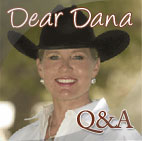Joyful Juniors

More than a learning barn, Devenport Training’s rodeo program is now a ‘family’
By Horsetrader staff
ESCONDIDO — By 6 p.m. at the San Pasqual Valley Ranch arena, the weekday junior rodeo practice is winding down. All 14 girls — ranging from age six to 15 and from beginner to advanced — listen to their coach’s comments as each one takes their horse’s turn through one last practice pattern. It’s clear the young riders are learning, and even clearer they are having fun.
“Many of my members have been together on this team for years now,” says the coach, Mindy van Loggerenberg. “They are growing up with each other. Older members are like big sisters, and the younger ones are mentored, monitored, loved and treated like… well, little siblings.”
Another Level

Trainer Robin Bond’s background, personality and gifts helped her discover the up-and-coming international sport of Working Equitation
By Horsetrader staff
HORSETRADER: Robin, you have a rich equestrian background — from your English foundation to national reined cow horse accomplishments and many other events. Now, you’ve really taken to Working Equitation.
ROBIN: I love the challenge of Working Equitation. It’s a great sport, and I think the more people who see it — and see everything that goes into it — the more people will be attracted to it.
HORSETRADER: When many hear “equitation,” they think of young riders being judged on the flat going in circles. Not the case, is it?
ROBIN: No, it is an international sport. The four trials are dressage, ease of handling, a speed trial and a cattle trial. It’s not western because the tack and attire doesn’t have to be western. In the United States, it is acceptable to ride under dressage tack and attire or hunter tack and attire, or even native Spanish, Portuguese or Mexican attire. And any breed can compete — you’ll see Fjords, Gypsy Cobs, Lusitanos, Quarter Horses, Paints, Andalusians.
Trail to a new home
A BLM adoption event is scheduled for June 21-23 in Napa — In this article, Amy Dumas shares details on the path from the range to the stable.
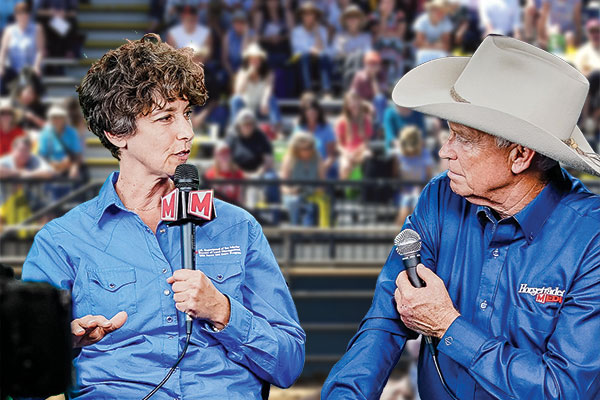
HT: What is the Bureau of Land Management’s function when it comes to wild horses and burros?
AMY: The BLM was tasked to manage the wild horses and burros by Congress in 1971 with the passage of the Wild Free Roaming Horse and Burros Act. With that, the Congress designated the Bureau of Land Management and the Forest Service of the USDA to manage wild horses and burros on the lands where they were found in 1971.
HT: And how’s that working for them?
AMY: We have been highly successful in protecting these animals. The Act protects the animals from capture, harassment, branding on the range, and a few other things. So, I think we’ve done a pretty good job of doing that.
From GOOD to ‘GREAT’

Nicole Donahoo brings home 2024 NRCHA World’s Greatest Youth Horseman title
By Horsetrader staff
The packed Will Rogers Coliseum in Fort Worth, Texas, was a loud pressure-cooker when Nicole Donahoo and Very Smart Pearl stepped into the arena for her final go in the NRCHA World’s Greatest Youth Horseman finals in February.
Then, she nailed it.
Her championship crowned a 10-year youth show path from junior rodeo to cow horse, along the way putting tools into her toolbox that she continues to build as a freshman at Cal Poly San Luis Obispo.
Which tool did she rely on as she entered the final? Start with her mindset.
‘I can still do it!’
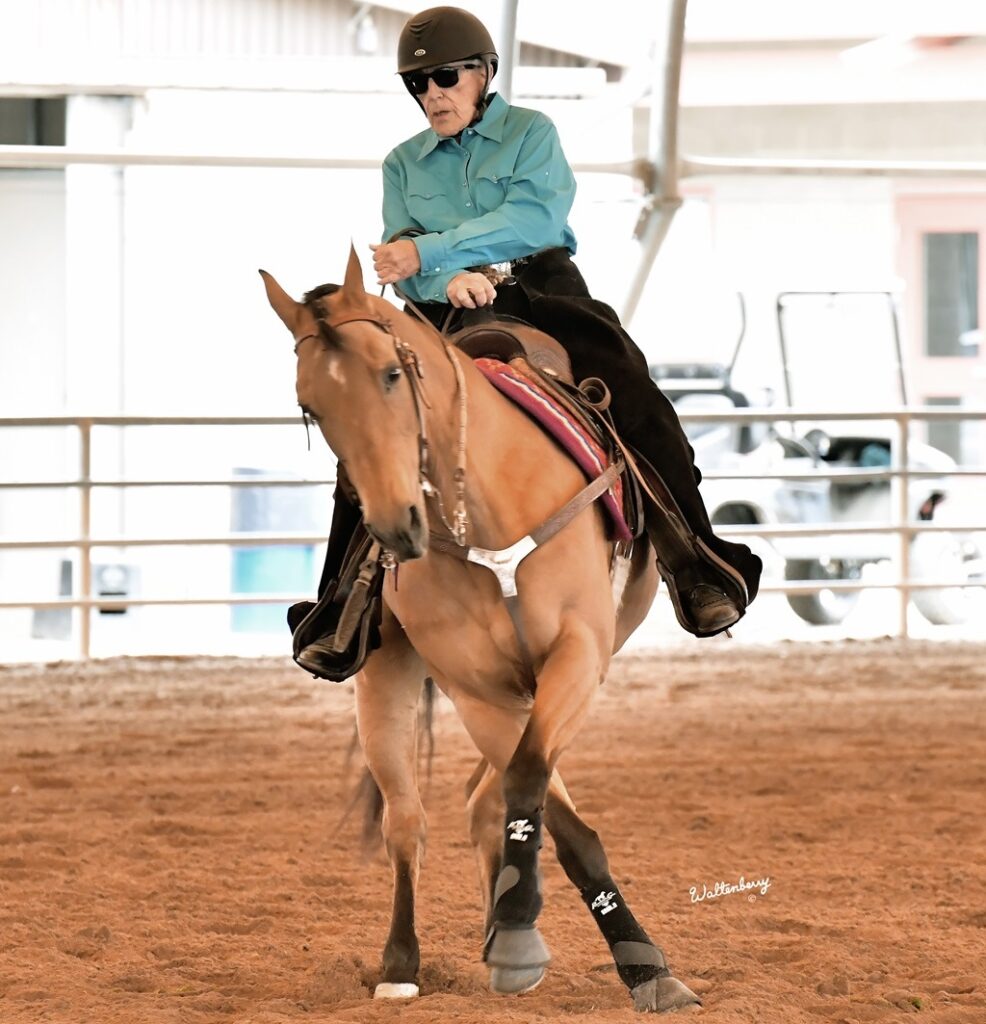
At 86 years young, Didi Engler reenters
reining arena, shines at Cactus Classic
By Horsetrader staff
CHINO HILLS — When Didi Engler learned of a new National Reining Horse Association Legends Non Pro Division, it was the start of something new.
Actually, it was a restart of something quite familiar — and important — to her. It had been 10 years since she had competed in a reining arena, and new rules allowing competitors aged 70 and over to place their hand on the pommel horn was a difference-maker for her confidence.
“That opened up a whole new world,” she says from the breezeway at King Performance Horses, the barn she has been with since 1986. “If I could hold on to a pommel horn, I’d feel safe.”
Cow horse Kick Off
New year, same excitement in SCRCHA opener
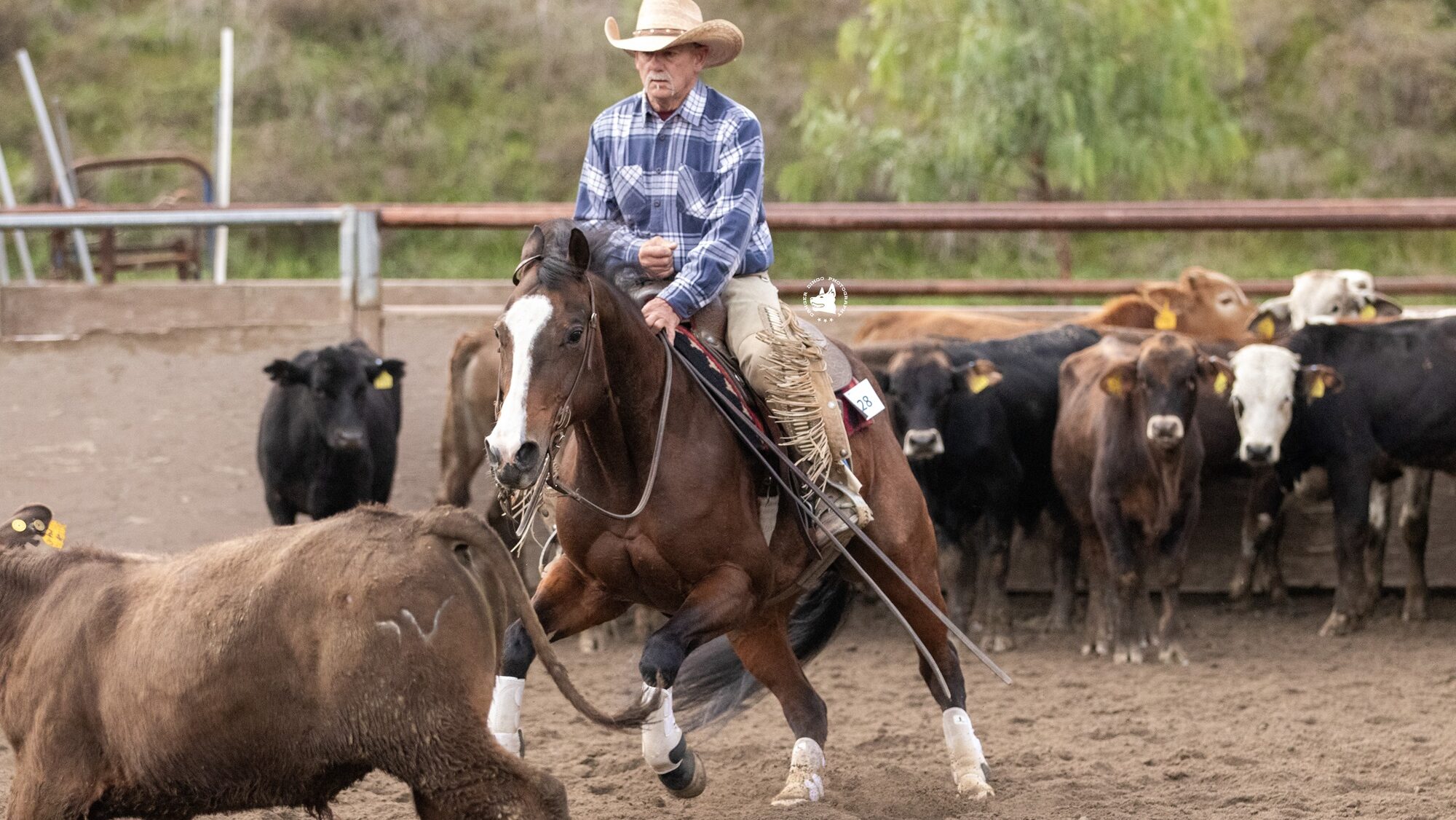
By SUE CARTER / for the Horsetrader
TEMECULA — Southern California s cow horse community came together Jan. 5-7 to salute its 2023 champions and also launch the Southern California Reined Cow Horse Association’s 2024 campaign.
SCRCHA members were glad to be back on their horses after the bustle of the holidays, and the Kick Off Show sponsored by Dr. Doug Lawrence and Dr. Wayne McNeel of Equine Health Management was a great start to the new campaign.
Tucalota Creek Ranch hosted the show, including a fun pizza party with wine tasting that took place while SCRCHA 2023 Year End Champions received their buckles and awards.
Simply Spectacular
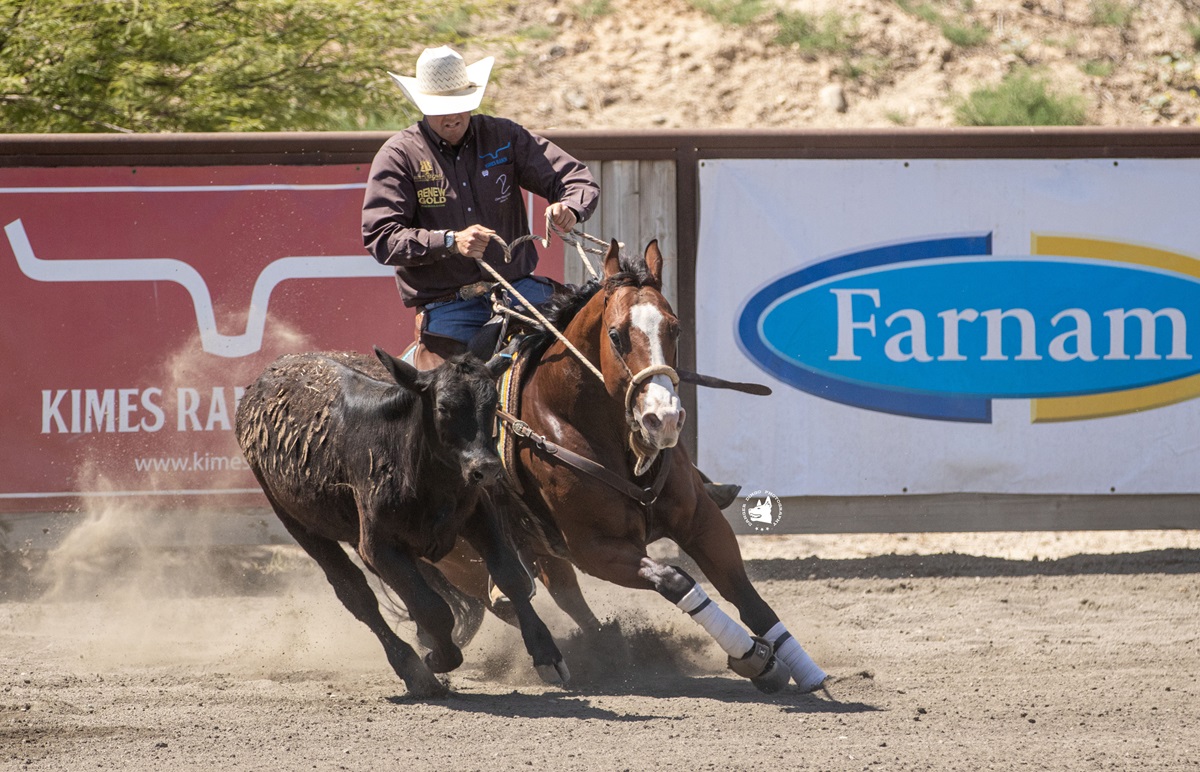
SCRCHA’s Jimmy Flores, Sr. Memorial show attracts top talent
By Sue Carter / for the Horsetrader
TEMECULA — The Southern California Reined Cow Horse Association hosted its annual Jimmy Flores, Sr. Memorial Horse Show on May 11-14 at Green Acres Ranch. Great weather treated the riders, horses and cattle with cool temperatures.
There was some fun to be had with the added team branding class on Saturday afternoon. Exhibitors and spectators alike enjoyed watching the teams have success — and calamity! The SCRCHA will have more opportunities for exhibitors to practice their roping skills with a steer stopping class at its next show July 7-9. The July Show is also an opportunity for the youth riders to try their hand at cow horse, as youth ride free at the Grant Berg Memorial show at Green Acres Ranch.
Where do our trails lead?
Equestrians, working together and allied with supportive partners, make a difference in perpetuating riding trails. Here are some tips — and some easy-to-access online resources from ELCR.org
By Denise O’Meara / for Equine Land Conservation Resource
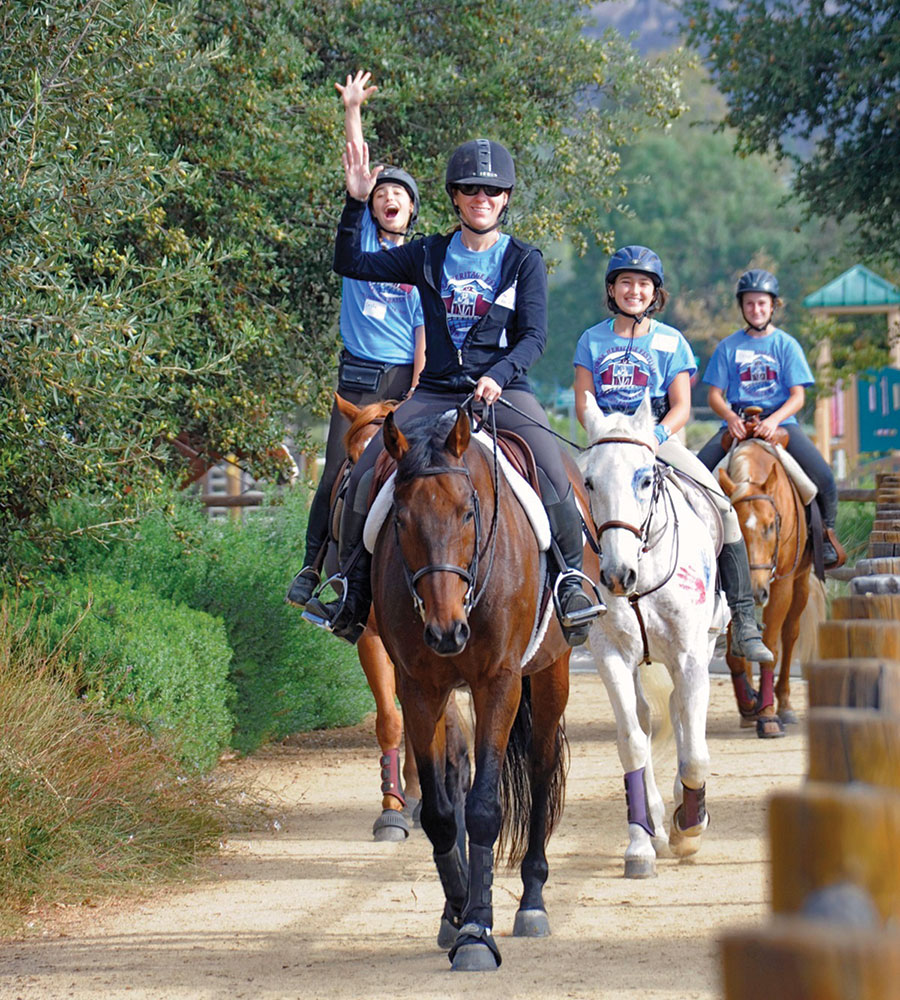
Here’s a question that you may ask yourself every time that you load up your horses to trailer to the nearest equestrian accessible trail — wouldn’t it be nice to ride out my back gate, get on a local trail and head out to the park, the woods, the shore or anywhere that didn’t involve a fill-up or two? Some of you are very lucky and have that situation. The vast majority of us are not.
Community Planning — Are You In or Are You Out?
Urban and suburban community members need to see and understand horses and their riders. Unless they learn how joyful and useful horses are to humans, and how they can interact safely with non-equestrians, these folks can help deny horseback access to trails and other equine facilities.
Horseback Adventures
From the Black Range Mountains of New Mexico to the Oregon wilderness, memories await to be made
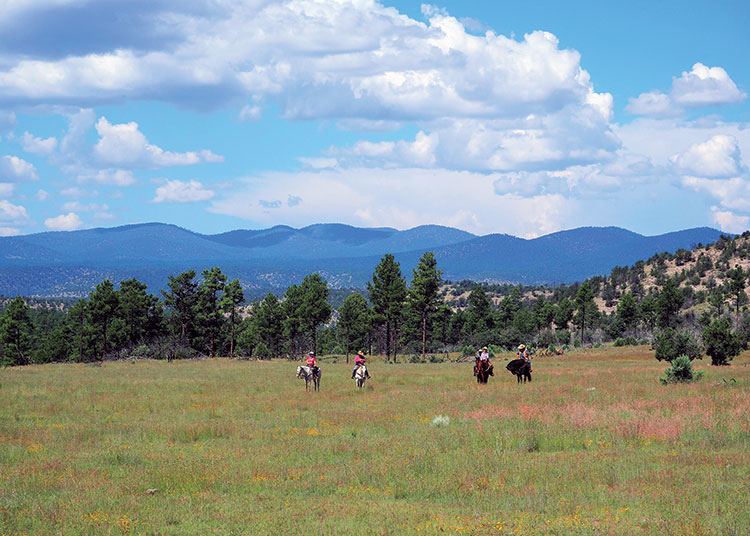
Geronimo Trail Guest Ranch
Winston, New Mexico
(575) 772-5157
GeronimoRanch.com
Serenity and solitude are concepts not often discussed, much less experienced, amid the turmoil of life in the 21st century. You’ll find them at Geronimo Trail Guest Ranch! Here, beneath the tall Ponderosa pines, in the cool higher elevations of the Black Range Mountains of southwest New Mexico, the quiet is such that you can hear the approach of an eagle from the beat of the air beneath his wings. Large herds of elk frequent the meadows, streams and lakes nearby.
2020 HORSE HEADLINERS
A year of ‘whoa!’ and ‘let’s go!’
From Horsetrader staff reports
A funny thing happened when we sat down to put together our annual Horsetrader Year In Review, a traditional December look back at our newsmakers for the year about to end. Actually, it wasn’t funny at all: There weren’t many headlines because of the year’s biggest newsmaker — a pandemic that shriveled shows and activities..
COVID-19 didn’t erase all stories, it just made them harder to find after March. And the ones that surfaced revealed the heart, grit and community of the horse world.


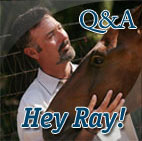
 Read Columns
Read Columns
